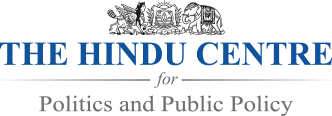India is a pharmaceutical paradox. It has earned for itself the name, “pharmacy of the world” as the third largest producer by volume, after China of generic formulations, and a leading manufacturer of vaccines. In the international market, the low price and high quality of Indian generic formulations make them a good choice worldwide. Yet, at home, millions are pushed into poverty every year owing to expenses on healthcare, of which payment for medicines is a major component.
In this article, Dr. Anant Phadke, a member of the All India Drug Action Network, which campaigns for affordable medicines, discusses the dynamics that direct these high prices such as marketing strategies by large pharmaceutical manufacturers, an incorrect price-regulatory framework, the plethora of irrational Fixed Dose Drug Combinations, and improper prescription practices by doctors. He draws attention to the fundamentally flawed Drug Price Control Order-2013, based on Market Based Pricing and argues for a policy of Cost Based Pricing of medicines. Dr. Phadke proposes generalisation of the well-established model of Tamil Nadu for procurement and supply of free medicines to patients in Public Health Facilities and its adoption in Kerala and Rajasthan, and argues for its replication in other States with suitable adaptations.
Download PDF (484 KB)]


